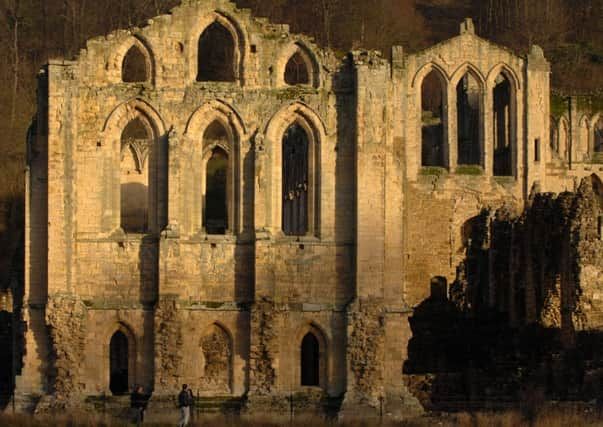William not such a conqueror in North after all


However, according to Dr Rob Wright, a leading York historian, the reputation of William the Conqueror as a murdering tyrant, which was cemented on the county’s rolling hills and dales back in the 11th century, could be down to a simple misreading of the Domesday Book.
“In the winter of 1089, William gathered his troops for what would become known as the Harrying of the North,” said Dr Wright, who is now on a mission to redress the balance. “Having already swept away the Anglo-Saxon nobility in the South, they hoped to do the same in the rebellious North and the theory goes that they arrived in Yorkshire with just one thing on their minds – mass destruction.
Advertisement
Hide AdAdvertisement
Hide Ad“By the time they left a few months later, we have been left with a picture of an entire county devastated. There’s no doubt the Normans were a fearsome lot, but to blame them for reducing Yorkshire to a wasteland is wide of the mark.
“Much of what we know about this episode comes from the Domesday Book of 1086. Against many of the Yorkshire landholdings the compilers had entered the word ‘waste’. Historically that was interpreted as meaning the land was devastated. “However, it’s actually much more likely that it means the compliers couldn’t put a value on the holding. Estates had been merged and divided up again and trying to trace the owner was often difficult, so there was simply nothing for the King to tax.
“The entire invading Norman force numbered less than 20,000. In the four months they were here, it would have been logistically impossible for them to ravage such a large area. To have destroyed the number of settlements listed as ‘waste’, the Normans would have had to pillage all day and all night.”
It seems William’s reputation was further dented a few decades later when Simeon of Durham wrote his own account of the Conquest. Simeon was both a monk and a scholar and a man not afraid of a little artistic licence.
Advertisement
Hide AdAdvertisement
Hide Ad“It was horrific to behold human corpses decaying in the houses, the streets and the roads, swarming with worms,” he began with a flourish. “For no-one was left to bury them in the earth, all being cut off either by the sword or by famine... There was no village inhabited between York and Durham – they became lurking places to wild beasts and robbers.”
It is an account which Dr Wright, who next month will launch a series of public lectures aiming to remove William from the rogues gallery of British history on behalf of the Yorkshire environmental charity, PLACE, has maintained is probably more fiction than fact.
“These accounts were written many years after the Harrying of the North and need to be taken with a large pinch of salt. For centuries since the Normans have been cast as the villains of the piece and half-truths and suggestions have appeared as fact in encyclopaedias.
“William did crush a rebellion with force, but we shouldn’t forget what the Normans did for us, not least bringing the culture of Christianity from the continent to our shores.
Advertisement
Hide AdAdvertisement
Hide Ad“They were responsible for the rejuvenation of the monastery movement. St Mary’s Abbey in York was refounded under the Norman rule and it was down to them that Yorkshire was left with some of Western Europe’s greatest monuments, such as Rievaulx Abbey, near Helmsley.
“A number of historians have tried to restore William’s reputation, but it’s hard to make people listen. I guess, a villainous reputation with all its blood and gore is much more interesting than the truth.”